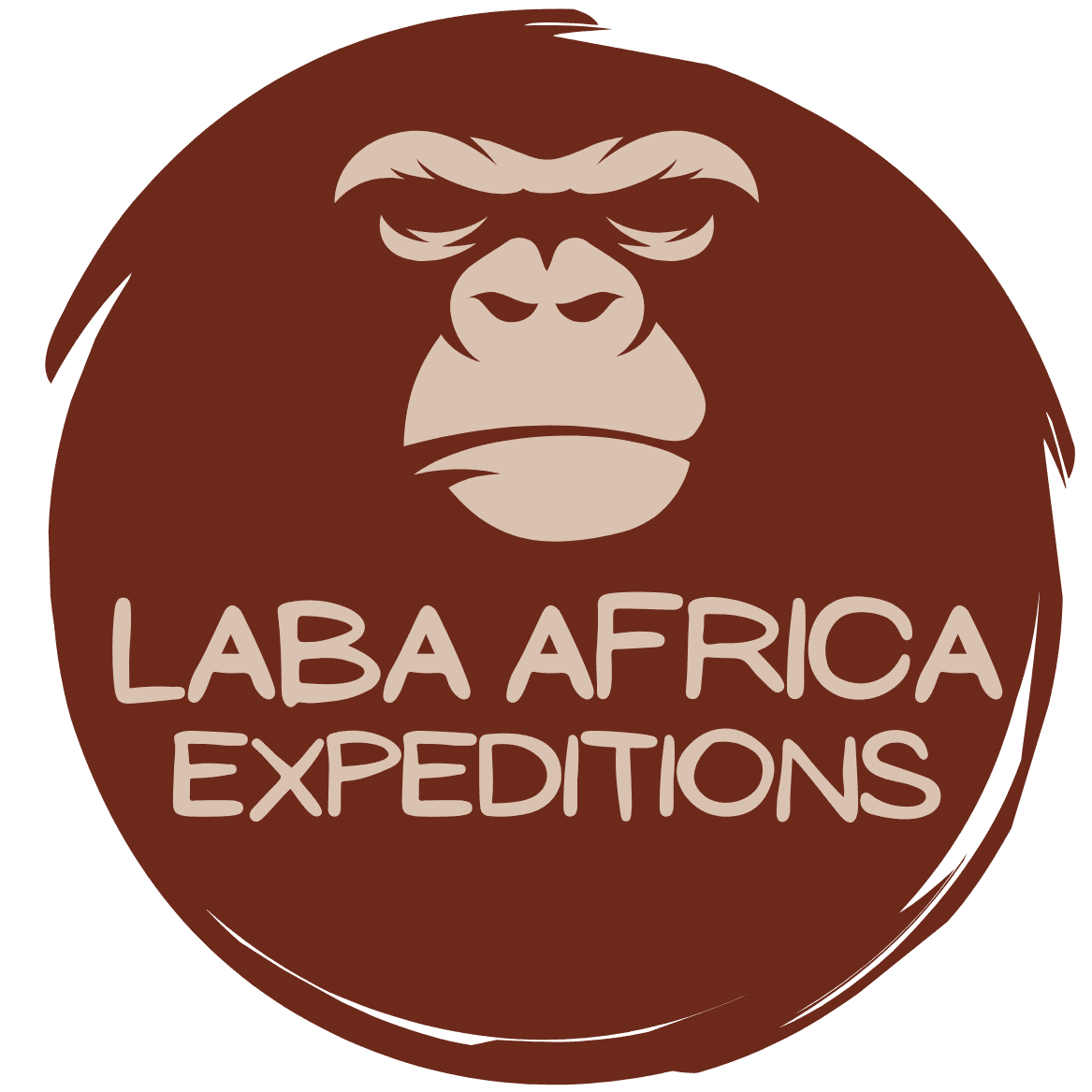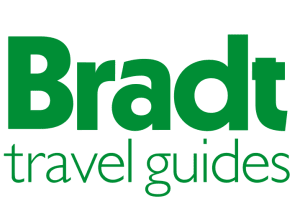
Kasubi Tombs
Kasubi tombs are a well-known historical site for Uganda’s royal kings in the Buganda kingdom, and it was originally established as agricultural land farmed using traditional techniques. Kabaka Edward Mutesa I of Buganda decided to build the royal site in 1882 to replace the palace built by his father Suuna II in early 1820. The “Sekabaka” established the site’s borders on Kasubi hills in 1882.
As soon as the royal palace was built, Kabaka Mutesa II appointed guards to protect it. The tombs are located in the suburbs of Kasubi Hill, one of nine hills in Kampala City along Hoima Road. Mutesa I changed the new royal site in 1884 to be the burial ground for the Buganda Kings. The kings buried there are: Kabaka Mutesa I, who died in late 1969, Kabaka Mutesa II, who died in exile in Seychelles in 1903, Kabaka Daudi Chwa, who died in 1939, and Sir Edward Mutesa II, who died in London in 1971. These were the first four Buganda kings buried in these Kasubi tombs in the late 13th century.

Kabaka Mutesa II renovated the royal site in 1938, using modern building methods and materials such as steel structures, concrete columns, and bricks, which they concealed behind traditional fences to protect the graves of Buganda’s four kings. The building was demolished in 1966 by Uganda’s first Prime Minister, Milton Obote, who later became the country’s first republican president.
In 1972, Ugandan law decided to protect the site, and it was later registered in the name of Kabaka on behalf of the kingdom, and it was reinstated in 1993 by the current President of Uganda, H.E. Yoweri Museveni.
The royal tombs, known locally as Muzibu Azaala Mpanga, were built at the edge of the entrance and measured 31 meters 102 feet and 7.5 meters 25 feet long. This traditional structure was made of wooden poles, soil, clay, grasses, sand, a thick thatched dome, and 52 rings of palm fronds to represent the 52 Baganda clans. This royal border is marked with bark cloth trees to protect the palace from trespassers.
Structure of the Kasubi tombs
The Kasubi Tombs has got very many traditional houses inside the palace including the gatehouse (Bajjabukula) which leads you to two courtyards, a small courtyard house for drums where they protect the royal drums in the local name “ndogo obukaba” and then a second courtyard located on hilltops surround with reed fence which was fenced with wooden poles, clay nails and soil which beautifies the Kasubi tombs of Buganda and has become part of the famous Uganda Safaris.
The Kasubi tombs are a haven for traditional believers, cultural enthusiasts, and those who prefer to delve deeply into traditional subjects such as witchcraft, traditional medicine, and dressing. Sacred forests and bark cloth are used as curtains inside the tomb houses. Visitors looking for Uganda Cultural Safaris can include this tour of the Kasubi Royal Tombs as part of their City Tour because it is very inexpensive.
To visit the tombs, you must remove your shoes and participate in cultural encounters inside the tombs, where you can see spears, arrows, bark cloth, and wooden poles, and have a great chance to be blessed on these royal grounds with your bare feet. These royal tombs are now in the hands of Buganda’s king, Kabaka Ronald Muwenda Mutebi II, and other royal members who help to beautify the palace in order to preserve Buganda’s traditional history.
These cultural practices are still very much practiced, as evidenced by the recent tragic incident in which the place was completely destroyed by fire. The “Ngeye” clan members volunteered for this special cause; no one from any other clan is permitted to do the thatching. Other customs are observed during the process, for example, widows of Kabakas and pregnant women are not permitted on site during work because it is believed to cause leakage.
The Ngo clan (leopards) decorate the poles and, like the Thachers, are not permitted to have any form of sexual contact while at work. Except for the first layers at the bottom, the grass is prepared in conical bundles that are simply laid onto the roof structure without being tied. When one of these bundles becomes rotten, it is simply removed and replaced. This intriguing technique greatly simplifies the massive task of maintaining thatched roofs.
The prime minister of Buganda, Charles Peter Mayiga, has also done an excellent job in restoring these royal tombs so that they can serve as a traditional heritage site for the people of Buganda. Kasubi tombs were designated a UNESCO World Heritage Site in 2001 for their traditional construction using vegetal materials throughout Sub-Saharan Africa. And the UNESCO portion of it covers 26 hectares on the Kasubi hills in Kampala and 5 kilometers east of the city centers.

Unfortunately, in March 2010, these Kasubi royal tombs were completely destroyed by fire, and many traditional items were destroyed. No one knows what caused the fire, and investigations are ongoing. Because of the fire, Kabaka Ronald Muwenda Mutebi and President H.E Yoweri Kaguta Museveni visited the site and agreed on reforms to restore it. They began reconstruction in 2014, with funds provided by the Japanese government. The royal tombs have now been restored in their original form, which has played a significant role in Uganda’s tourism hub. For those who enjoy experiencing city tours, this site can be included among the other safari destinations in town as part of a budget safari to Uganda.






